- 7 Bridge Road, East Molesey, Surrey, KT8 9EU, UK
- mail@townshendaudio.com
- +44 (0) 208 979 2155
Townshend Audio Dismiss
Skip to contentDiscover the innovation and craftsmanship that has defined high-fidelity sound for over five decades.
Step into a world where your music is liberated from the shackles of vibration, revealing its true essence with unparalleled clarity and depth. At Townshend Audio, our dedicated seismic isolation platform redefines audio purity, offering a revolutionary approach to eliminating disruptive resonances that compromise your listening experience.

Unlike conventional solutions like rigid spikes or cones, which can amplify or tune vibrations, inadvertently emphasizing certain frequencies at the expense of others, Townshend’s Seismic Isolation technology takes a fundamentally different path. Our meticulously engineered Seismic Podiums, Pods, and Platforms employ a mass-spring system, tuned to isolate vibrations as low as 3Hz—well below the audible spectrum. This ensures comprehensive decoupling across all planes, allowing every note, from the deepest bass to the highest treble, to emerge untainted by room-induced distortions.
Our approach is the silver bullet for audiophiles seeking a transformative listening experience. By severing the acoustic connection between your equipment and the floor, we eliminate the feedback loop of vibrations that muddies bass, blurs midrange, and veils treble. The result is a soundstage that breathes—wide, deep, and immersive—where every frequency is set free to resonate naturally, unhindered by the constraints of your room.

Our proprietary Seismic Load Cells™, with air-damped precision, counteract vibrations instantly, ensuring your speakers and components float in a vibration-free environment. This isn’t just isolation—it’s liberation. Whether you’re battling footfall, structural noise, or neighbor-disturbing bass boom, our solutions deliver pristine audio clarity while keeping the peace. Backed by decades of engineering innovation and acclaimed by audiophiles and critics alike, Townshend Seismic Isolation turns good systems into great ones and great systems into legends. What’s more, we are the only manufacturer that uses a Seismograph app to prove the effectivness of our products
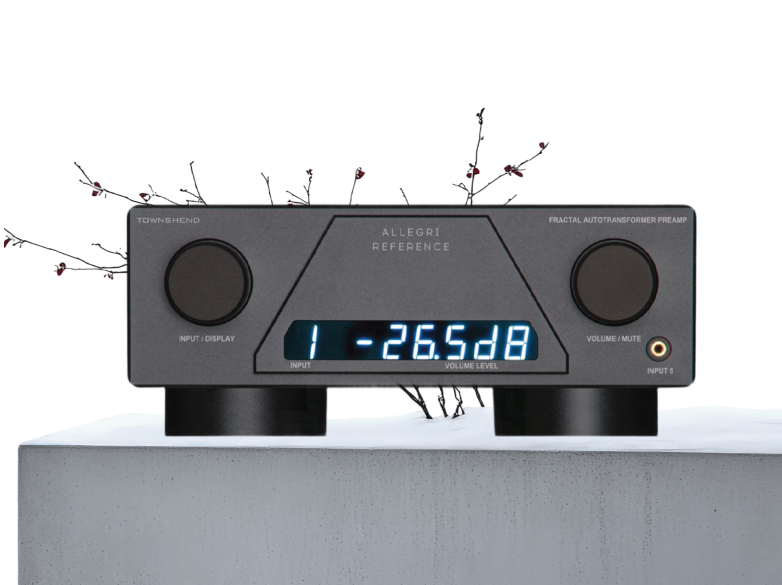
Explore our site to discover how our award-winning technology, rooted in the pioneering work of Max Townshend, redefines audio fidelity. From detailed insights into our engineering to customer stories and expert reviews, learn why Townshend Seismic Isolation is the ultimate foundation for sonic excellence. Unlock the full potential of your music—free from the room, pure in every note.
For information on all our other ground-breaking products, please visit Townshendaudio.com
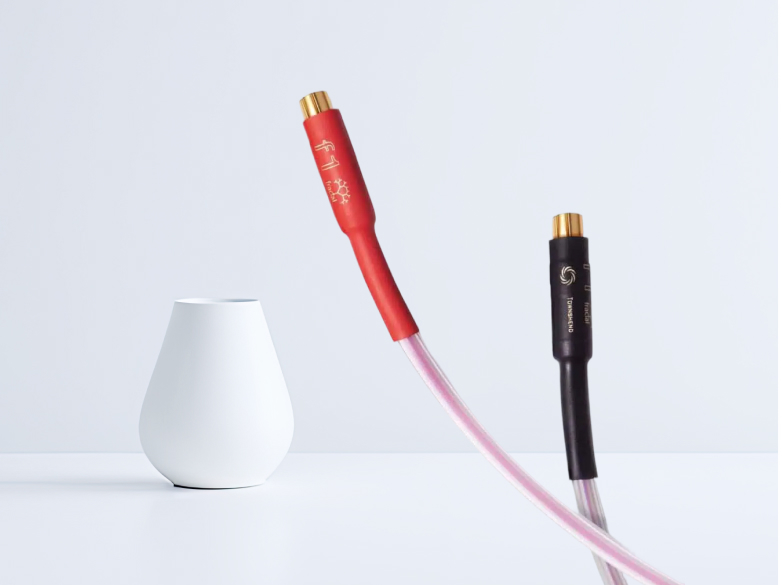
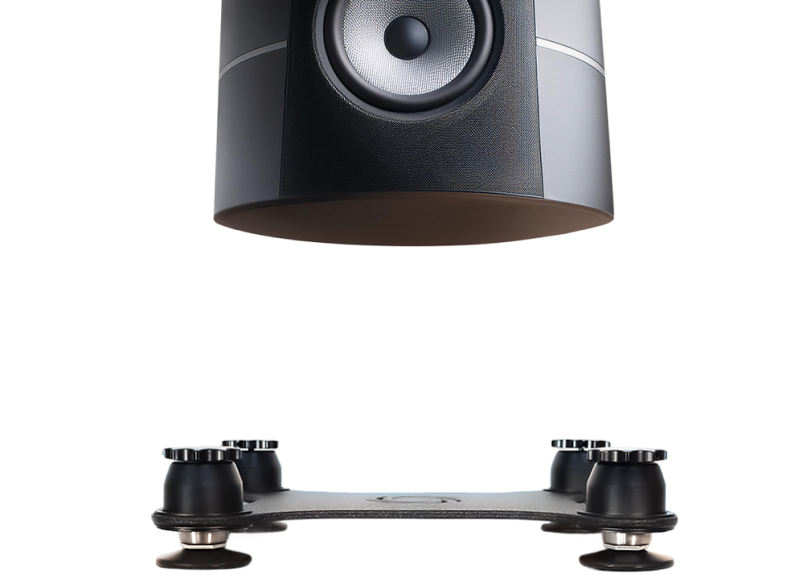
Townshend Audio has always been ahead of its time—our designs defy obsolescence. Whether it’s the Rock turntable, our isolation technology, or our latest preamplifiers, we engineer with one goal: delivering sound so pure it moves you.
At Townshend Audio, we don’t just design audio equipment—we refine, perfect, and elevate it. Our innovative techniques bring lifelike timbre, precise notes, enhanced attack, and extended decay, ensuring a truly immersive listening experience.
Unlike mass-market alternatives, our cables are meticulously built with impedance-matched materials and premium copper, delivering sweet, natural sound clarity.
We don’t chase trends; we build enduring audio solutions grounded in decades of Hi-Fi expertise.
Borrowing principles from high-performance industries, our low-pass mechanical filter technology eliminates vibrations, preserving the purest sound possible.



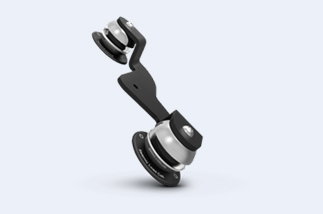






“The Townshend Seismic Podiums take a completely different approach, and with a deeper view of how they isolate the speakers from the floor vs. direct coupling, this seemed to have merit.”
Context: Wells, in his Stereo Times review, evaluates the Seismic Podiums and Isolation Pods, noting their solid construction and transformative effect on his reference system.
“The Allegri Reference is one of the best high-end preamplifiers in the world… It’s a preamplifier that doesn’t sound like anything—it just lets the music through with almost no audible footprint.”
Context: In his review for StereoNET, Todes, a noted violinist and audiophile, praises the Allegri Reference Passive Autotransformer preamp for its transparency and lack of coloration, calling it a benchmark in high-end audio.
“My head-scratching encounter with the Seismic Isolation Podiums more than piqued my curiosity… Townshend aims to eliminate the interaction at the root—to sever what is essentially a feedback loop of mechanical dysfunction and spurious vibrations between the speaker and the floor.”
Context: In his review for The Absolute Sound, Gader explores the effectiveness of the Townshend Audio Seismic Isolation Podiums, praising their innovative approach to speaker isolation.
“The Allegri+ is a revelation in passive preamp design—silent, transparent, and with a dynamic range that belies its simplicity.”
Context: Harris, a veteran audio journalist, tests the Allegri+ in Hi-Fi News, applauding its engineering and sonic purity, making it a standout in its category.
“The Seismic Isolation Podiums bring a level of clarity and openness that’s hard to believe until you hear it… They’re a game-changer for anyone serious about sound quality.”
Context: Kennedy’s review in Hi-Fi Choice evaluates the Seismic Isolation Podiums, noting their ability to enhance detail and reduce distortion, earning them high praise among UK hi-fi critics.
“The Townshend Maximum Super Tweeters don’t just add sparkle—they transform the entire soundstage into something more three-dimensional and alive.”
Context: Sircom, editor of Hi-Fi+, reviews the Maximum Super Tweeters, emphasizing their ability to elevate spatial imaging and detail beyond what traditional tweeters achieve.
“Obviously, given the frequency response of these components, I expected any alteration to the sound to be focused on the midrange and the treble, but was pleasantly surprised to find that this change included an opening up of the bass sound as well, adding layers of texture to its tonal qualities.”
Context: Bolton’s review of the Townshend Maximum Super Tweeters in Hi-Fi World highlights their unexpected impact across the frequency spectrum, cementing their status as a permanent fixture in his system.
“The Seismic Cradles deliver a startling improvement in focus and dynamics—proof that Townshend’s obsession with vibration control pays off.”



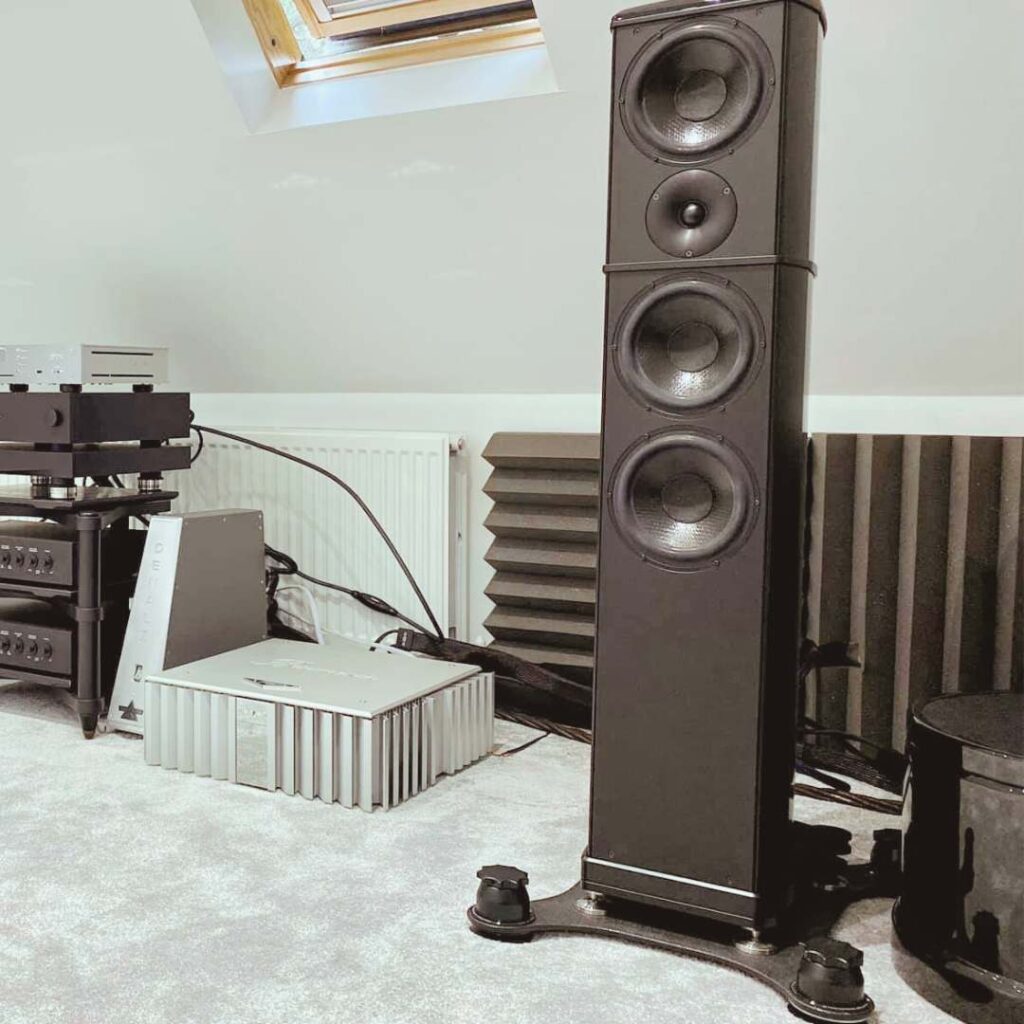
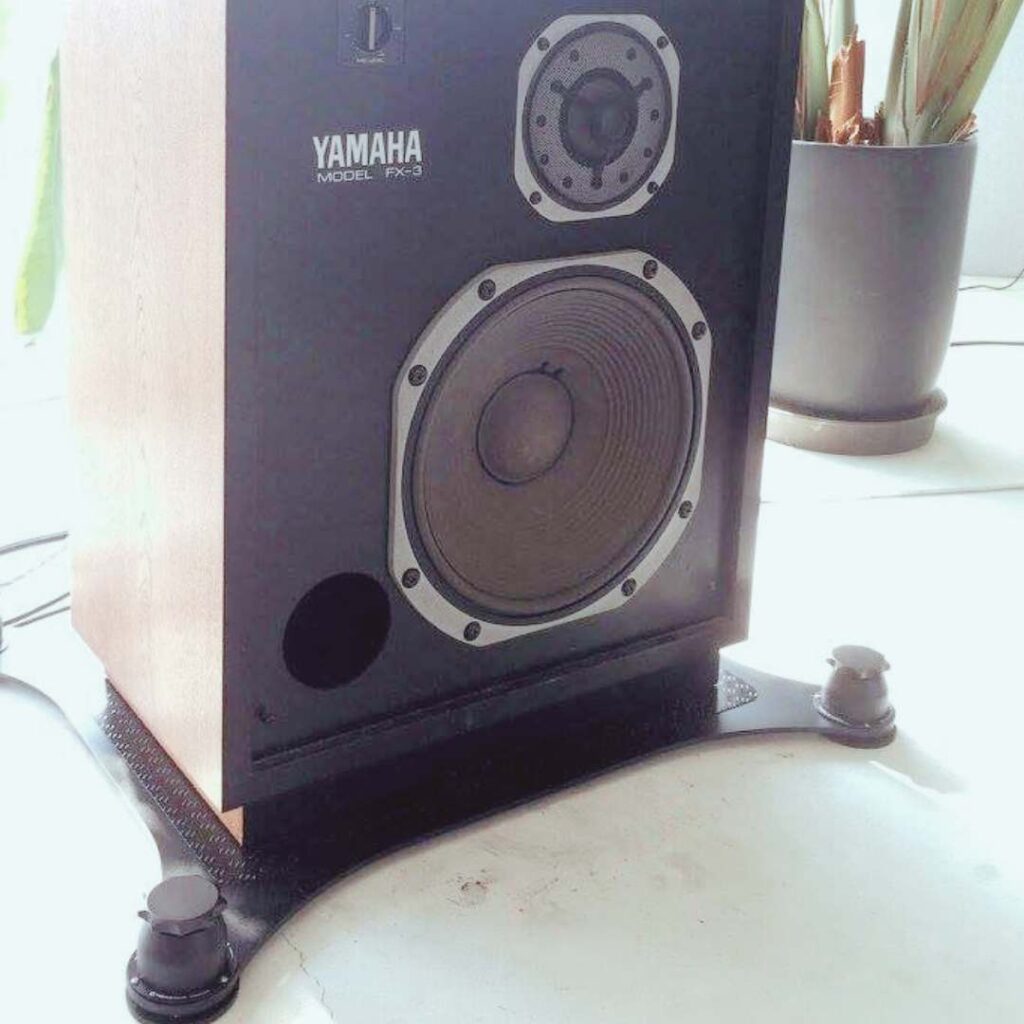














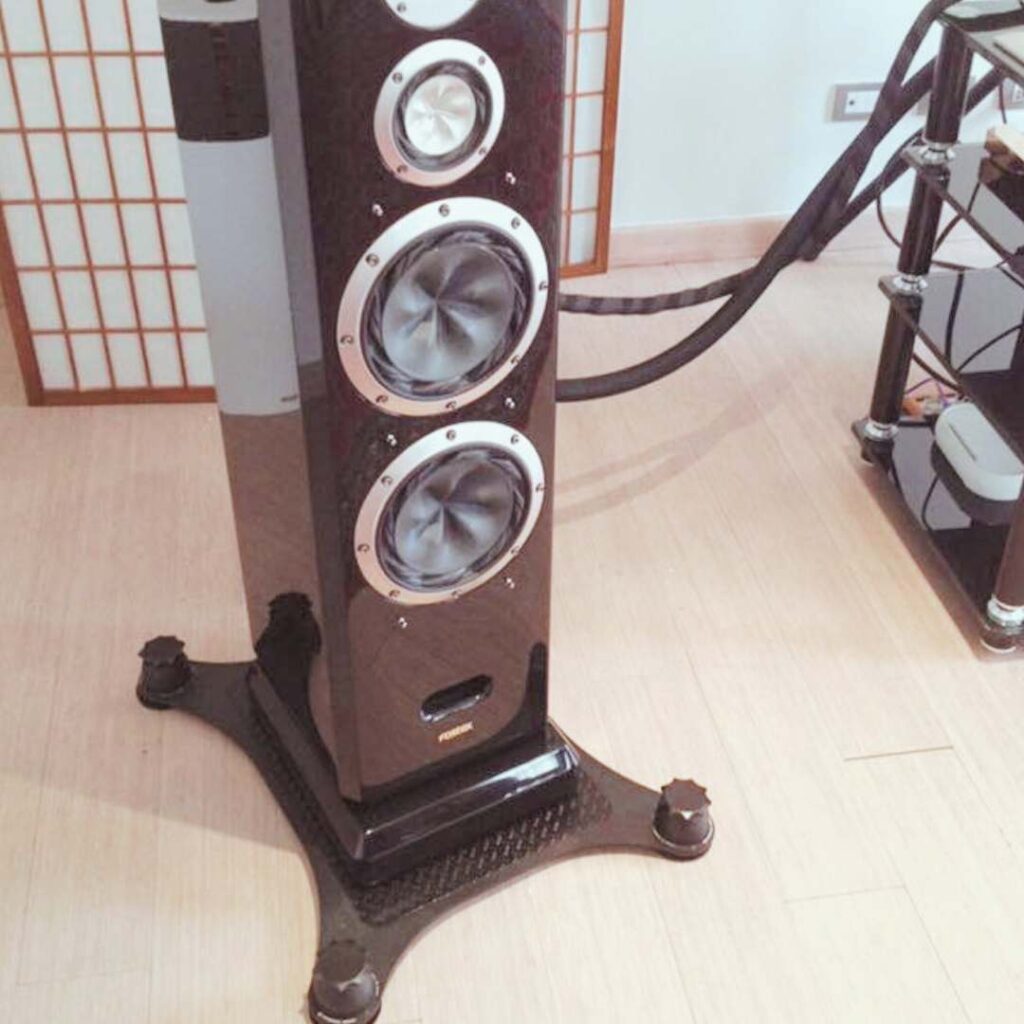
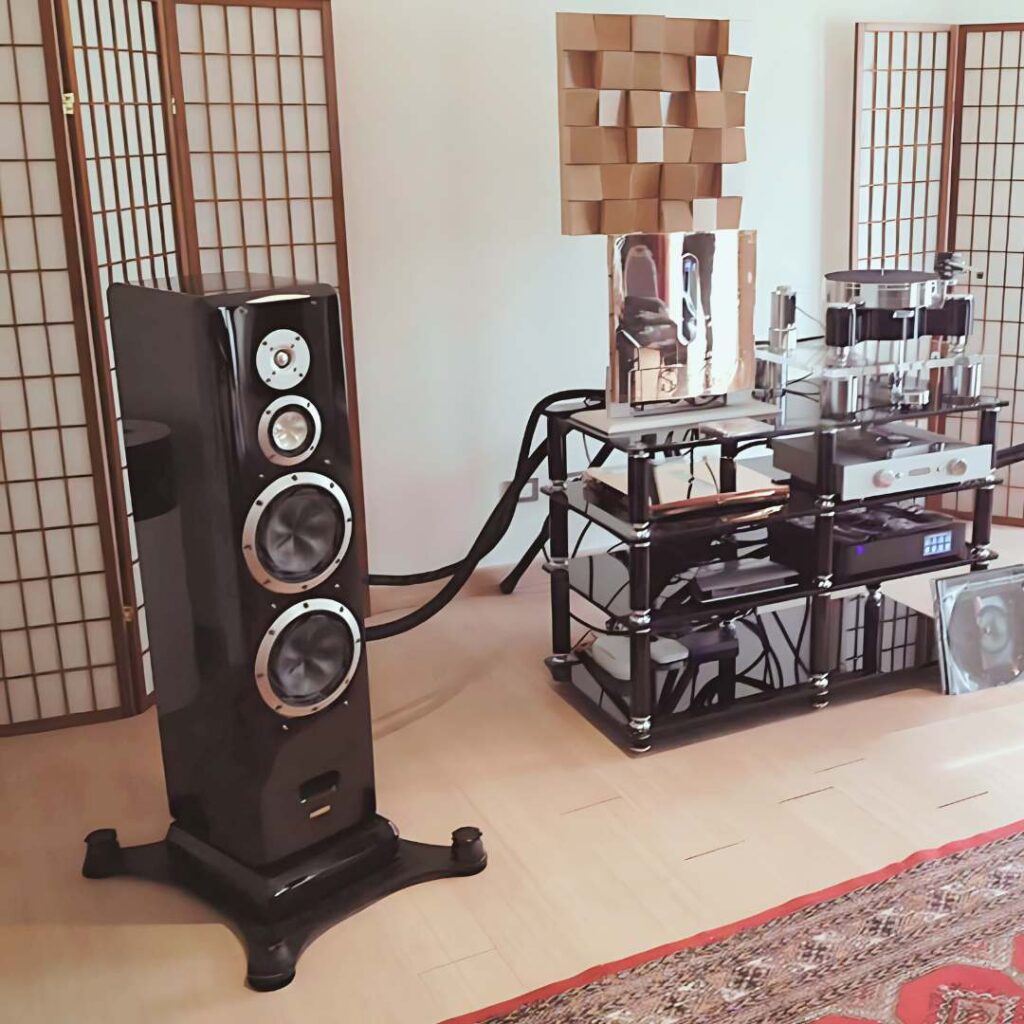


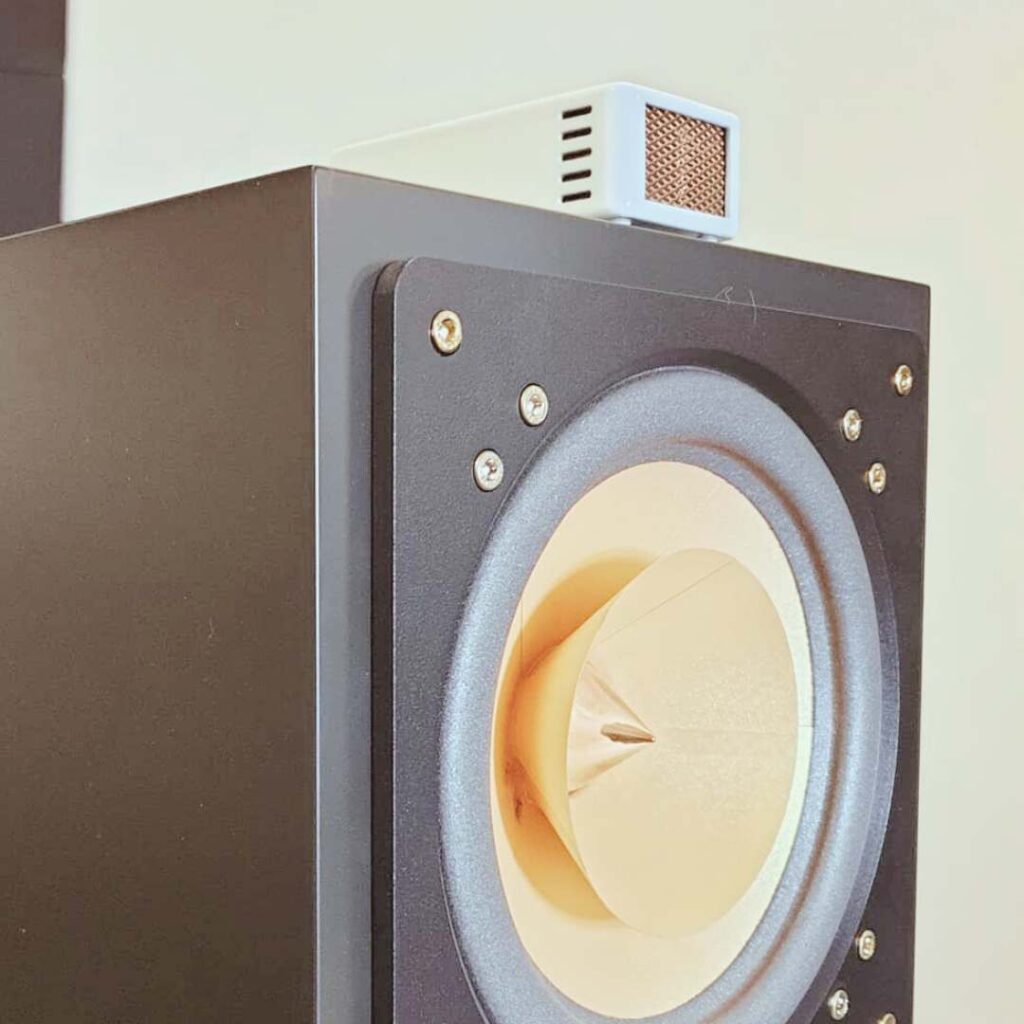
Subscribe to find out the latest news, updates and see what other audio enthusiasts are up to.

Unlock a world of pure, unadulterated happiness with our products—don’t lose touch with us now, and let us elevate your audio experience to blissful heights

7 Bridge Road, East Molesey


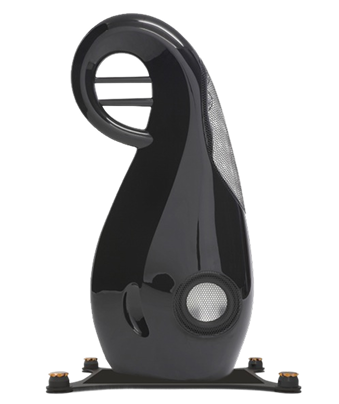
We noticed you're visiting from Lithuania. We've updated our prices to Euro for your shopping convenience. Use Pound sterling instead. Dismiss